
When we step into a house, we’re not just entering a space; we’re entering a narrative of time and lifestyle. Homes reflect the eras in which they were built, and the contrast between modern and older homes reveals much about how our living environments and expectations have evolved. If you’re curious about how these differences play out in real life, this deep dive into the world of home design will help you appreciate the distinctive features of both modern and older homes.
1. Design Philosophy and Aesthetics
Older Homes: Older homes often come with an undeniable charm that reflects the design sensibilities of their time. Architectural styles from various eras—Victorian, Colonial, Craftsman, Mid-Century Modern—each offer unique characteristics. You’ll find intricate woodwork, detailed moldings, and ornate features that tell a story of past craftsmanship. The layout in older homes often includes formal dining rooms, separate living areas, and smaller, more compartmentalized spaces. These homes were designed with a sense of grandeur and formality that reflects the social norms of their time.
Modern Homes: In contrast, modern homes embrace simplicity and functionality. The design philosophy focuses on clean lines, open spaces, and minimalistic aesthetics. The goal is to create a sense of flow and openness, often achieved through open-plan layouts that combine living, dining, and kitchen areas. Modern design emphasizes the use of natural light, with large windows and glass doors that blend the indoor and outdoor environments. The materials used—such as steel, glass, and concrete—reflect a commitment to both aesthetics and practicality, aiming for a sleek, contemporary look.
2. Materials and Construction Techniques
Older Homes: The materials used in older homes often include solid wood, brick, and stone, chosen for their durability and timeless appeal. These homes were built with techniques and materials available at the time, which often results in high-quality craftsmanship. However, these materials can sometimes present challenges. For example, older homes may have single-pane windows, which are less efficient in terms of insulation and energy conservation. Roofs might be made from materials like slate or cedar, which require more maintenance over time.
Modern Homes: Today’s construction focuses on incorporating materials that offer both durability and energy efficiency. Modern homes often use composite materials, insulated concrete forms, and energy-efficient windows to improve performance and reduce maintenance. Building codes and standards have advanced, leading to the use of materials that are not only more sustainable but also better at managing energy use. Innovations such as low-VOC (volatile organic compounds) paints, advanced insulation materials, and weather-resistant siding contribute to a healthier and more efficient living environment.
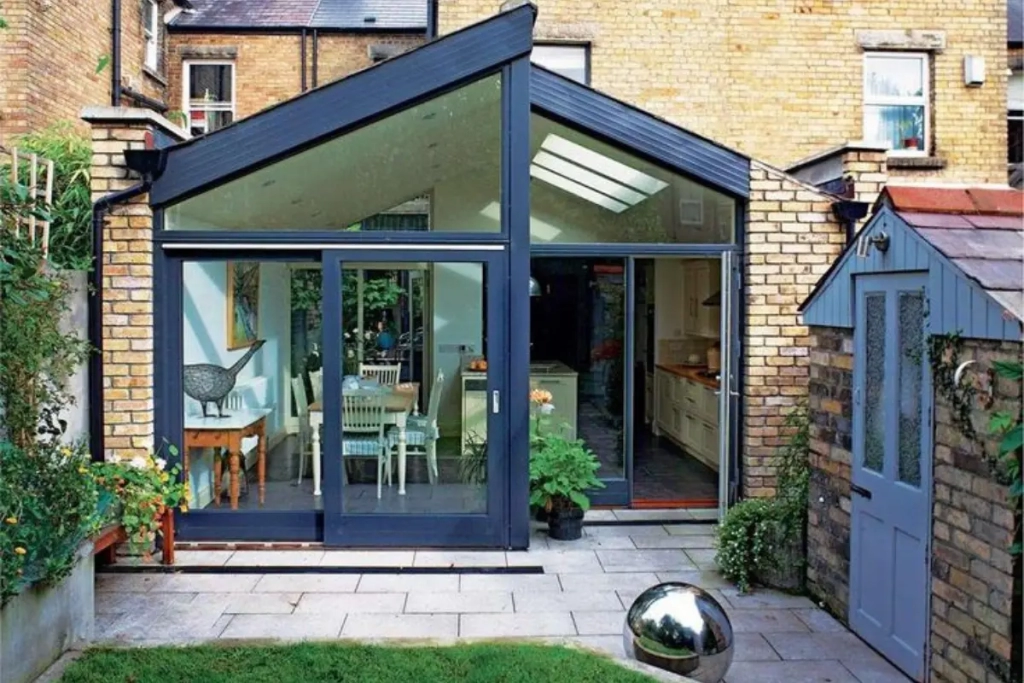
3. Technology Integration
Older Homes: Older homes were built long before the rise of smart technology and advanced home systems. This often means outdated electrical systems, less effective heating and cooling, and fewer modern conveniences. Upgrading these systems can be a significant investment, and older homes may require extensive work to bring them up to contemporary standards. Additionally, integrating modern technology into the structure of an older home can be challenging due to the need to preserve historical features.
Modern Homes: Modern homes are designed with technology integration in mind. Smart home systems have become a staple, offering features like programmable thermostats, automated lighting, security systems, and home entertainment integration. These systems are not only about convenience but also about improving energy efficiency and home security. Modern homes are also equipped with the latest HVAC systems, which are more efficient and effective at maintaining a comfortable indoor climate while reducing energy consumption.
4. Energy Efficiency and Sustainability
Older Homes: Older homes often lack the energy-efficient features that have become standard in modern construction. Single-pane windows, outdated insulation, and older heating systems can lead to higher energy bills and a larger environmental footprint. Many older homes were built before energy efficiency was a priority, so retrofitting them to meet modern standards can be costly and complex.
Modern Homes: Energy efficiency and sustainability are key principles in modern home design. New homes frequently include features such as double or triple-pane windows, high-efficiency HVAC systems, and energy-efficient appliances. Many modern homes are built with green building standards in mind, incorporating sustainable materials and design elements like solar panels, green roofs, and rainwater harvesting systems. These features help reduce the home’s overall energy consumption and environmental impact, aligning with contemporary priorities for sustainability.
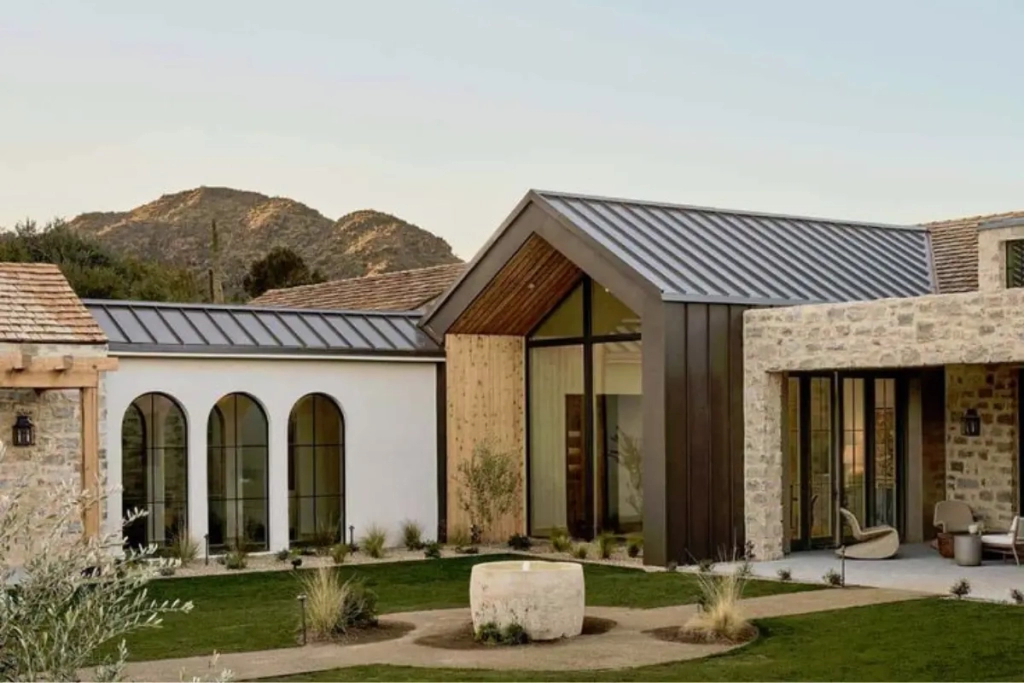
5. Space Utilization and Functionality
Older Homes: Older homes often have more defined spaces, with separate rooms for different functions. This design reflects the social norms and lifestyles of the time, which valued formal separation between living areas. While this can create a sense of coziness and privacy, it might not always align with modern preferences for open, flexible living spaces. Storage solutions in older homes can also be limited, and adapting these spaces for contemporary use can require significant remodeling.
Modern Homes: Modern homes prioritize functionality and adaptability. Open floor plans are designed to maximize space and allow for flexible use. This approach often includes multi-purpose rooms that can serve various functions as needs change. Built-in storage solutions, such as cabinetry and shelving, are strategically integrated to keep living spaces organized and clutter-free. The focus is on creating environments that can easily adapt to different activities and family dynamics, supporting a more fluid and dynamic lifestyle.
6. Safety and Building Codes
Older Homes: Building codes and safety standards have evolved significantly over the years. Older homes may not meet current safety standards, and issues such as outdated wiring, aging plumbing, and the presence of hazardous materials like asbestos or lead paint can pose risks. Maintaining or renovating these homes often involves addressing these safety concerns to ensure the home is up to date with modern regulations.
Modern Homes: Modern homes are constructed to adhere to the latest building codes and safety standards. This includes updated electrical systems, improved fire safety measures, and the use of non-toxic building materials. Modern construction techniques are designed to ensure that homes can withstand various environmental stresses, such as earthquakes, high winds, and heavy snowfall. Safety features like advanced smoke detectors, carbon monoxide detectors, and security systems are standard in new homes, providing peace of mind for residents.
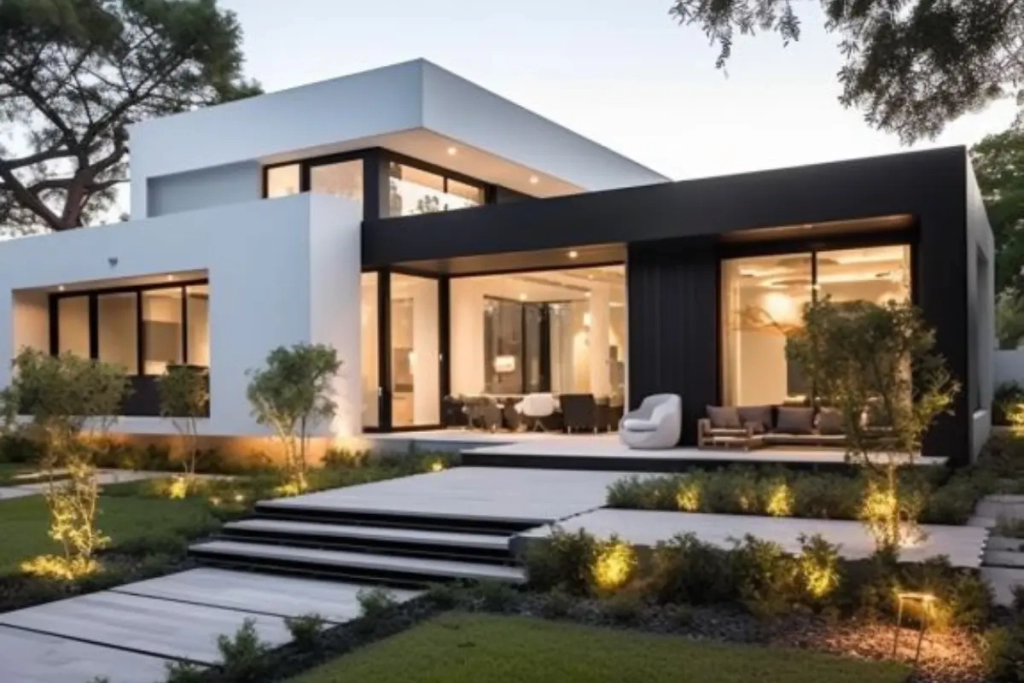
7. Historical and Cultural Value
Older Homes: One of the most compelling aspects of older homes is their historical and cultural value. These homes often embody the architectural styles and design trends of their time, offering a glimpse into the past. Preserving or restoring an older home can be a way to maintain a connection to history and celebrate the craftsmanship of earlier eras. Historical homes can also contribute to the character of neighborhoods and provide a sense of continuity with the past.
Modern Homes: While modern homes may not have the same historical significance, they reflect the current trends and technological advancements in home design. These homes represent the present and future of residential living, incorporating contemporary design principles and innovations. Modern homes often focus on creating functional, efficient, and stylish living spaces that meet the evolving needs and preferences of today’s homeowners.
8. Maintenance and Upkeep
Older Homes: Maintaining an older home can be both rewarding and challenging. The charm of vintage materials and design features often comes with the need for regular upkeep. Wooden shingles may need replacement, lead pipes might need to be upgraded, and original fixtures could require restoration. The ongoing maintenance can be a labor of love for those who appreciate the history and character of their home but can also be a significant investment in time and money.
Modern Homes: Modern homes are generally designed with low maintenance in mind. Advances in building materials and construction techniques have led to the development of products that are more durable and easier to care for. Composite siding, energy-efficient windows, and advanced roofing materials are examples of features that reduce the need for frequent maintenance. Additionally, many modern homes come with warranties and service agreements that offer protection and support for various components of the home.
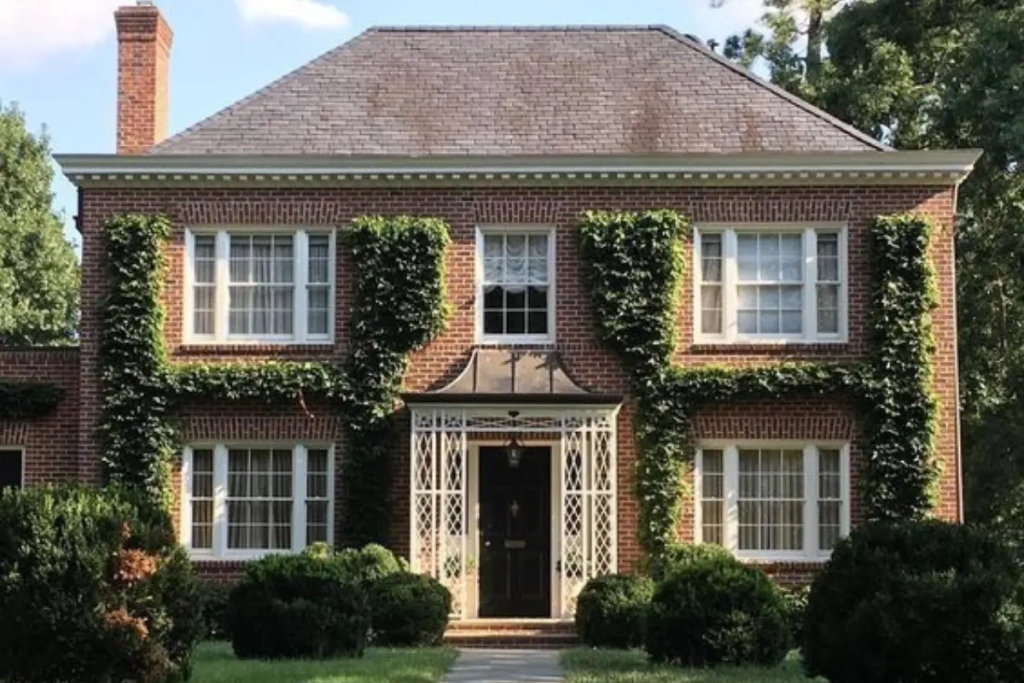
9. Customization and Personalization
Older Homes: Older homes often come with unique architectural details and historical features that may limit the scope for customization. Renovations and updates need to be carefully considered to preserve the home’s character while meeting modern needs. This can be a delicate balance, as altering historic elements might affect the home’s value or historical integrity.
Modern Homes: Customization is a key advantage of modern home design. Builders and developers often offer a range of options for personalization, allowing homeowners to select finishes, layouts, and features that reflect their tastes and lifestyle. Modern homes are designed to accommodate various preferences, whether it’s through flexible room configurations, customizable finishes, or advanced technology options. This flexibility allows homeowners to create a space that truly feels like their own.
10. Community and Lifestyle
Older Homes: Older homes are often located in established neighborhoods with mature landscaping and a sense of community that has developed over time. These areas might offer walkability, local charm, and a connection to the past. Living in an older neighborhood can provide a sense of belonging and continuity, with amenities and community features that have evolved over the years.
Modern Homes: New developments often focus on contemporary community needs, incorporating amenities such as parks, recreational facilities, and green spaces. Modern neighborhoods might offer conveniences like proximity to shopping, dining, and transportation options. The focus is on creating communities that meet the demands of modern living, with an emphasis on connectivity and access to services.
11. Environmental Impact
Older Homes: Older homes may have a larger environmental impact due to their less efficient use of energy and resources. The older construction methods and materials might not align with today’s standards for sustainability. However, many homeowners choose to renovate and retrofit older homes to improve their environmental performance, incorporating energy-efficient upgrades and sustainable practices.
Modern Homes: Sustainability is a core principle in modern home design. New homes are often built with a focus on reducing environmental impact through energy-efficient features, sustainable materials, and green technologies. Solar panels, high-efficiency HVAC systems, and water-saving fixtures are commonly integrated into new construction. The goal is to create homes that are not only comfortable and stylish but also environmentally responsible.
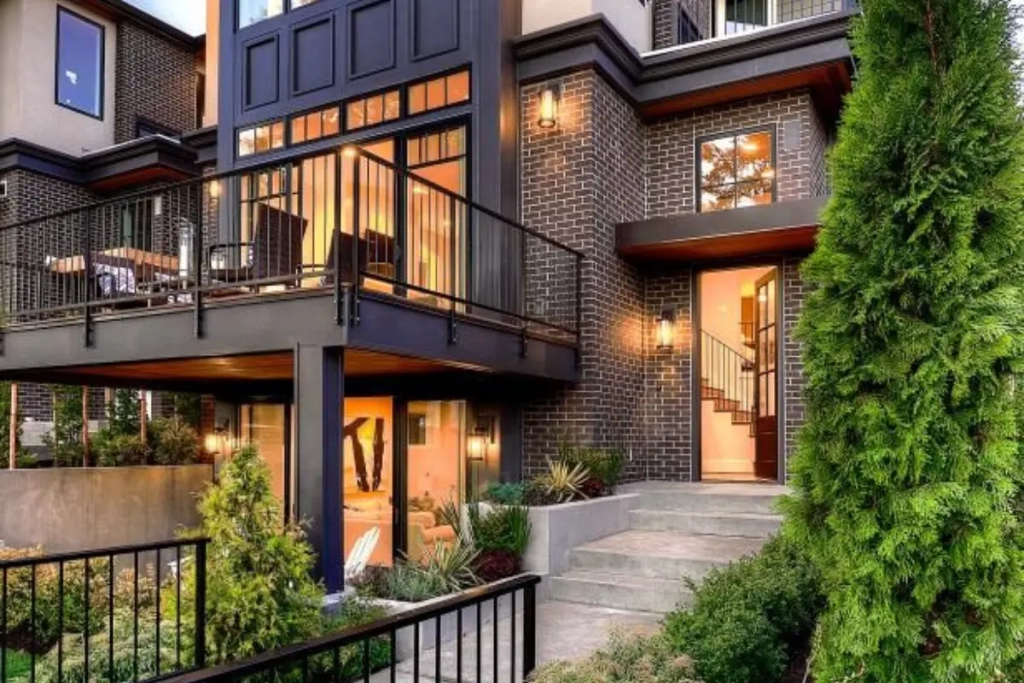
12. Financial Considerations
Older Homes: The financial considerations of owning an older home can vary. While the initial purchase price might be lower, ongoing maintenance, repairs, and renovations can add up. Upgrading systems and addressing issues like outdated wiring or plumbing can be costly. Additionally, older homes may require more frequent repairs, which can impact long-term expenses.
Modern Homes: Modern homes often come with higher upfront costs due to the use of advanced materials and technology. However, these homes are designed to be more energy-efficient, which can lead to lower utility bills over time. New construction might also come with warranties and fewer immediate maintenance needs, potentially reducing the overall cost of ownership in the short term.
In Conclusion
The differences between modern and older homes highlight the evolution of design, technology, and lifestyle preferences. Older homes offer historical charm and character, with unique architectural details and a sense of nostalgia. They can provide a deep connection to the past and contribute to the character of established neighborhoods. However, they often require more maintenance and may not meet current standards for energy efficiency and safety.
Modern homes, on the other hand, represent the latest in design and technology. They offer open layouts, energy-efficient features, and advanced systems that cater to contemporary needs. While they may lack the historical charm of older homes, they provide a functional and flexible living environment that aligns with current trends and sustainability goals.
Choosing between an older home and a modern one ultimately comes down to personal preference and lifestyle needs. Some may appreciate the character and history of an older home, while others might prefer the efficiency and customization options of a modern build. Understanding the key differences can help you make an informed decision and find a home that truly fits your vision of comfortable and enjoyable living.